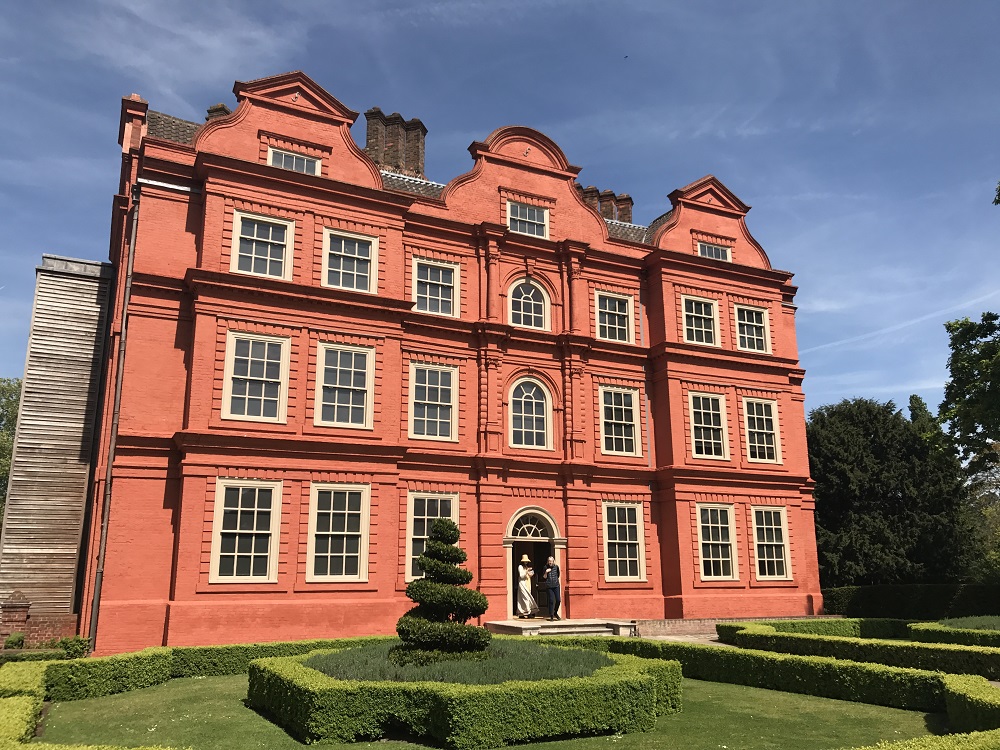London is home to four UNESCO World Heritage Sites. Its UNESCO sites are an interesting mix of historic buildings and unusual spots, too. Read on for our guide to the World Heritage Sites in London.
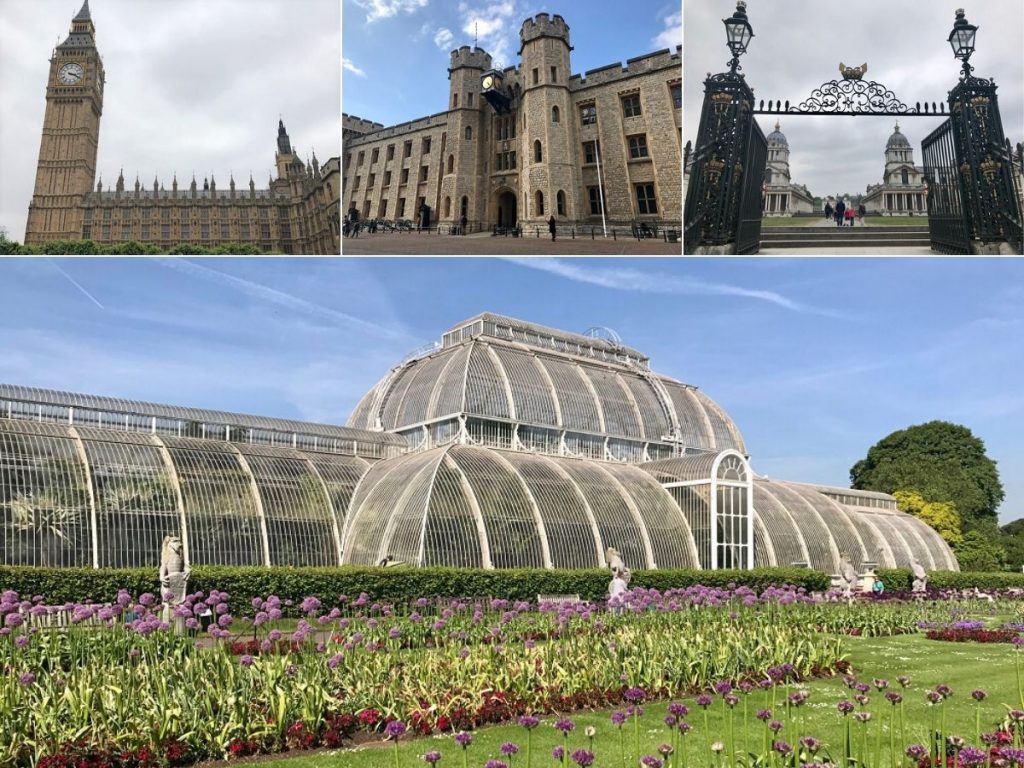
Westminster Palace & Abbey – World Heritage Site
Westminster Palace and Westminster Abbey are London’s most famous World Heritage Site. They’re an iconic symbol of the United Kingdom, and recognisable all over the world. The original Palace of Westminster was constructed in 1016 after the Norman Conquest, though the current building is much newer. It dates from the 19th century, after previous Palaces were destroyed by fire. Westminster Palace’s chief purpose is as the seat of Parliament, which it’s done since the 15th century.
Perhaps the most famous feature of Westminster Palace is the Clock Tower. Located at the complex’s northern end, its official name is Elizabeth Tower but affectionally known as Big Ben. The enormous bell inside the tower chimes on the hour, every hour of the day.
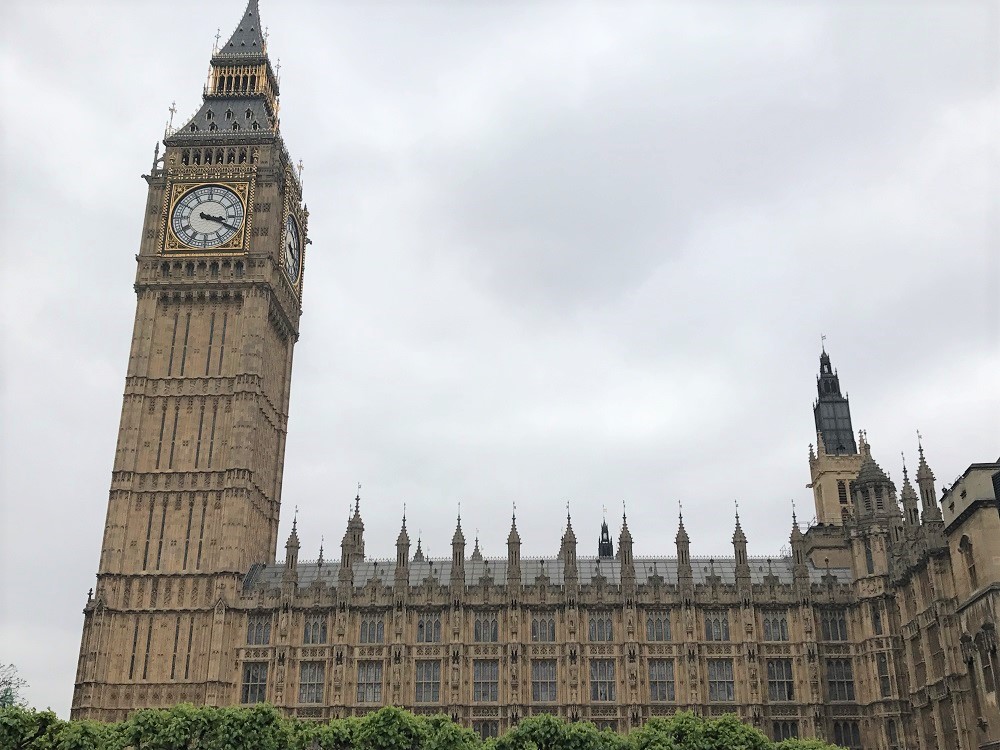
Located across the road from Westminster Palace is Westminster Abbey, the UK’s most famous church. Although a church has existed on the site since the 7th century, the current building was founded in 1245. Westminster Abbey has been the site of every English and British royal coronation since 1066, and the venue for 16 royal weddings as well.
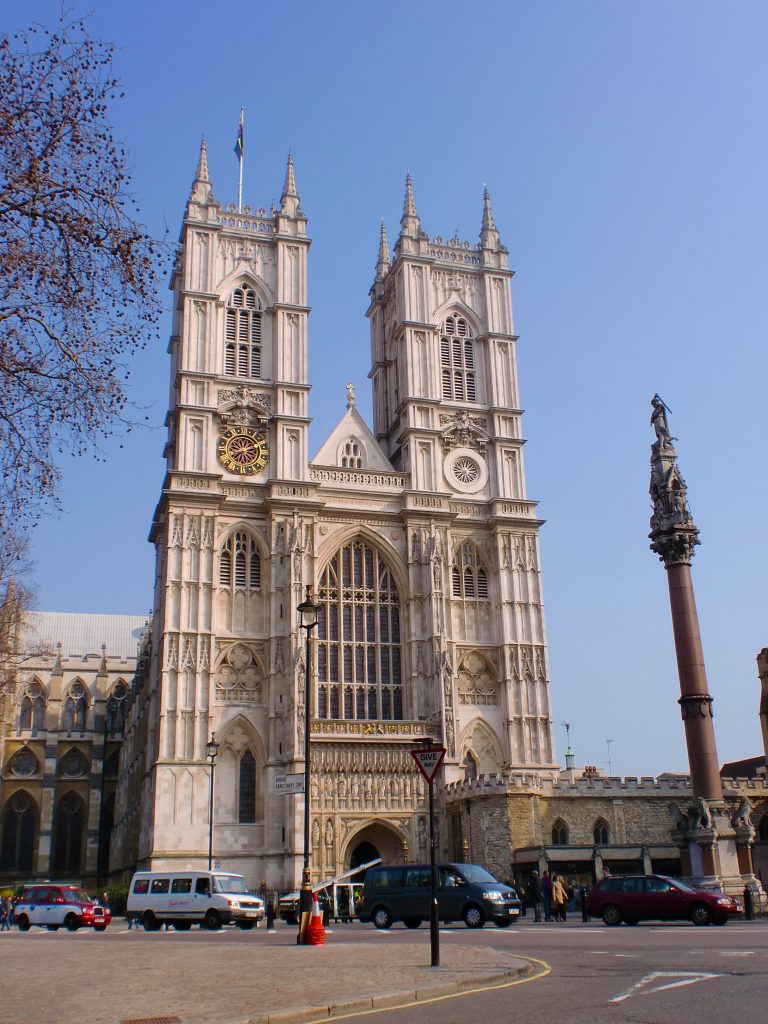
One of the Abbey’s most striking features are its burials. Over 3,300 prominent British citizens are buried or memorialised inside the Abbey. This includes monarchs, Prime Ministers, scientists, actors and soldiers. Walking around the inside of the Abbey is a real treat, and a genuine tour through British History.
Tower of London – World Heritage Site
Our next World Heritage Site in London is another iconic building in the capital, the Tower of London. The Tower is a large fortress and castle complex, and sits on the northern bank of the river Thames. William the Conqueror founded the castle in 1066, and it’s centred around the White Tower building.
For almost a thousand years, the Tower has been central to the royal life of London. Many famous kings and queens have lived and ruled from the Tower complex. It’s been used variously as a palace, a fortress, a mint, and a prison as well. These days, it is of course one of London’s most popular tourist attractions and home to the Crown Jewels.
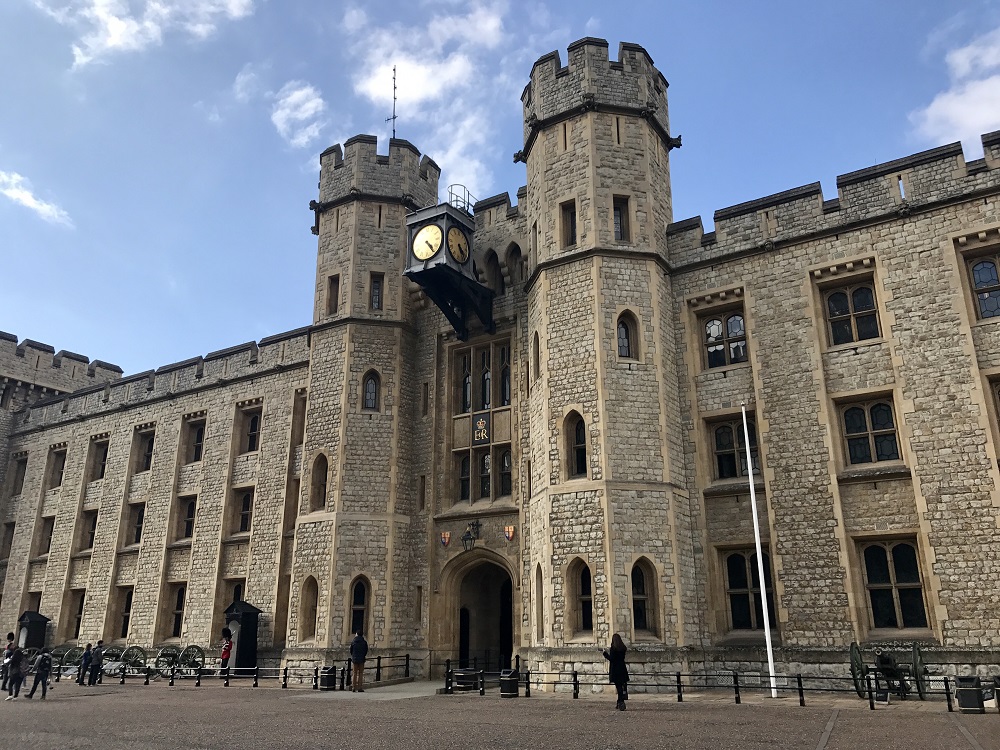
We had a fantastic day exploring the Tower. The tours available on site are exceptional, and there’s just so much rich history to discover here. It’s deservedly a true highlight of London, and should be top of any visitor’s itinerary.
Maritime Greenwich – World Heritage Site
Maritime Greenwich is our next World Heritage Site in London. Located on the south bank of the Thames in east London, Maritime Greenwich is an unusual spot. It dates back to the 17th century and has a fascinating collection of buildings. The most famous building is Greenwich Observatory (which gives us Greenwich Mean Time), but even more impressive is the Old Royal Naval College.
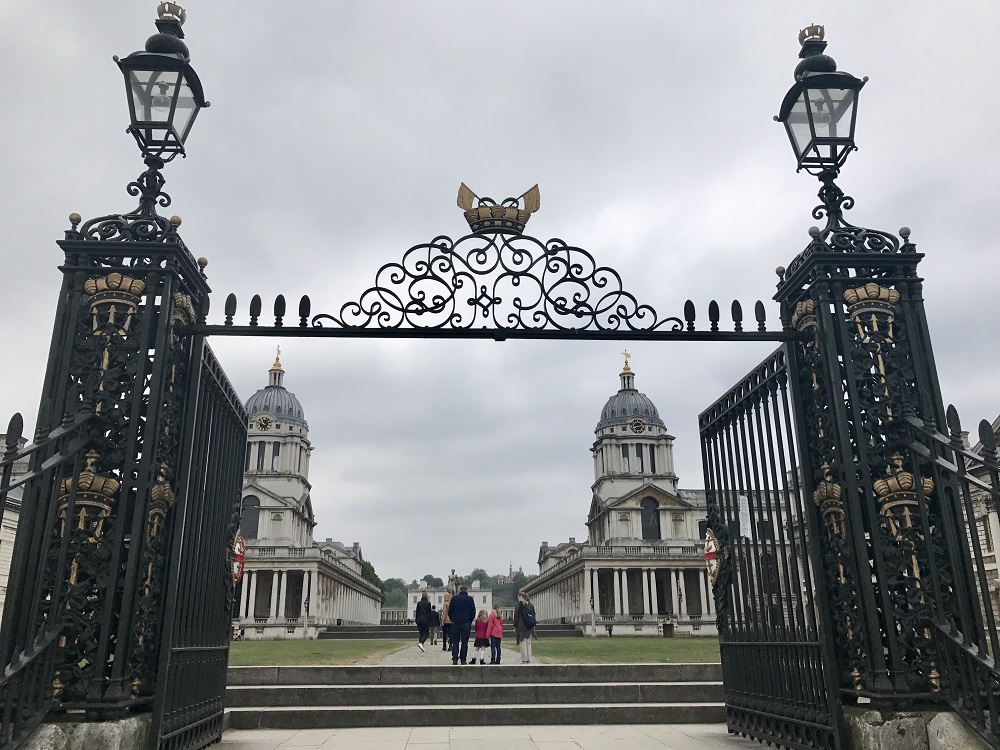
Sir Christopher Wren, Britain’s greatest architect, designed the Old Royal Naval College as a hospital for retired seamen. The building itself has two enormous wings designed in a classical style, with two tall domes near the centre. The decoration inside is quite sumptuous, with beautiful paintings on the ceilings.
Greenwich Observatory stands nearby, and was for centuries the centre of British scientific advances. The Prime Meridian (0 degrees of longitude) passes directly through the Observatory building, and until the 1950s the world’s time was based around the time at Greenwich, also known as Greenwich Mean Time.
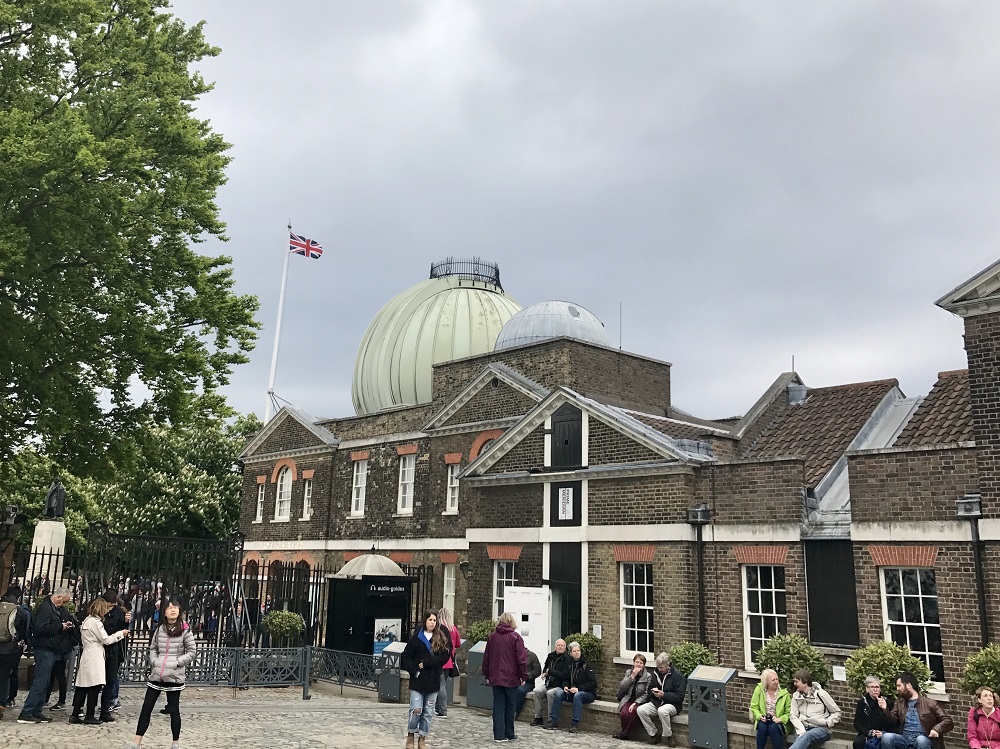
Although scientific activity at Greenwich has long ceased, the site these days is a fascinating museum and a great place to explore.
Kew Gardens, London – World Heritage Site
Our last World Heritage Site in London is Kew Gardens, one of our favourite garden World Heritage Sites. It was declared an official Royal Botanic Garden in 1840, though the gardens and plant collection had existed for centuries prior. The site takes up quite a large area in south-west London, and has a lot of magnificent spots to see.
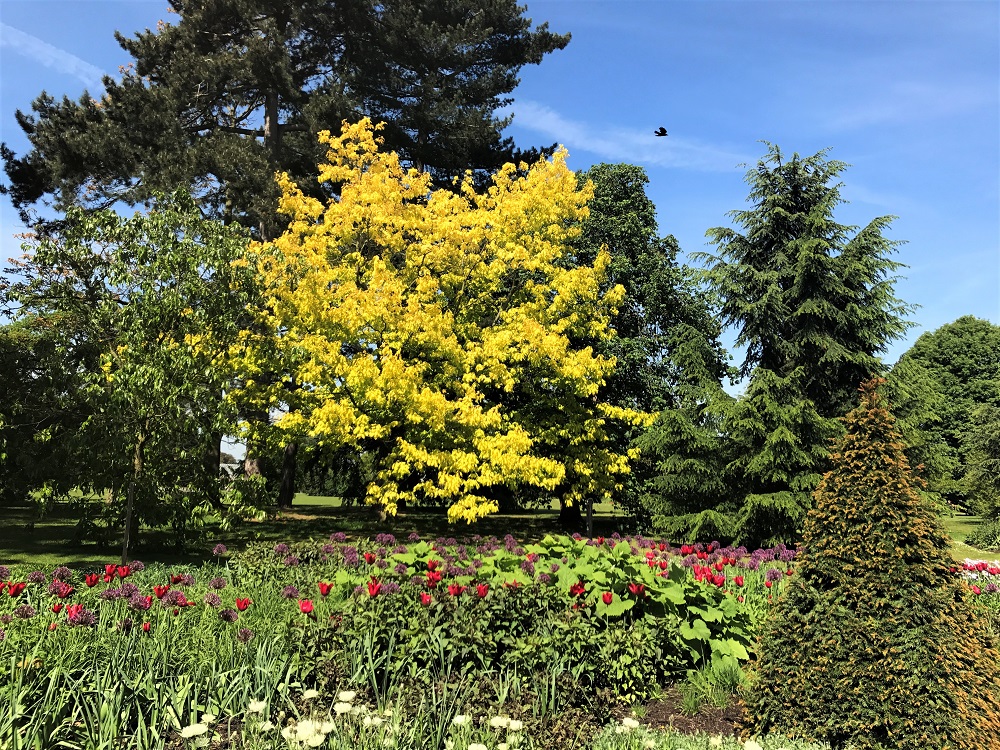
The most eye-catching places are the Houses, or homes for particular varieties of plants. This includes the impressive 19th-century Palm House, an iron and glass greenhouse built to house thousands of palm trees. Nearby is the modern Alpine House, with hundreds of alpine plants. There’s also the Waterlily House, Temperate House, the Princess of Wales Conservatory, and a fantastic Treetop Walk as well.
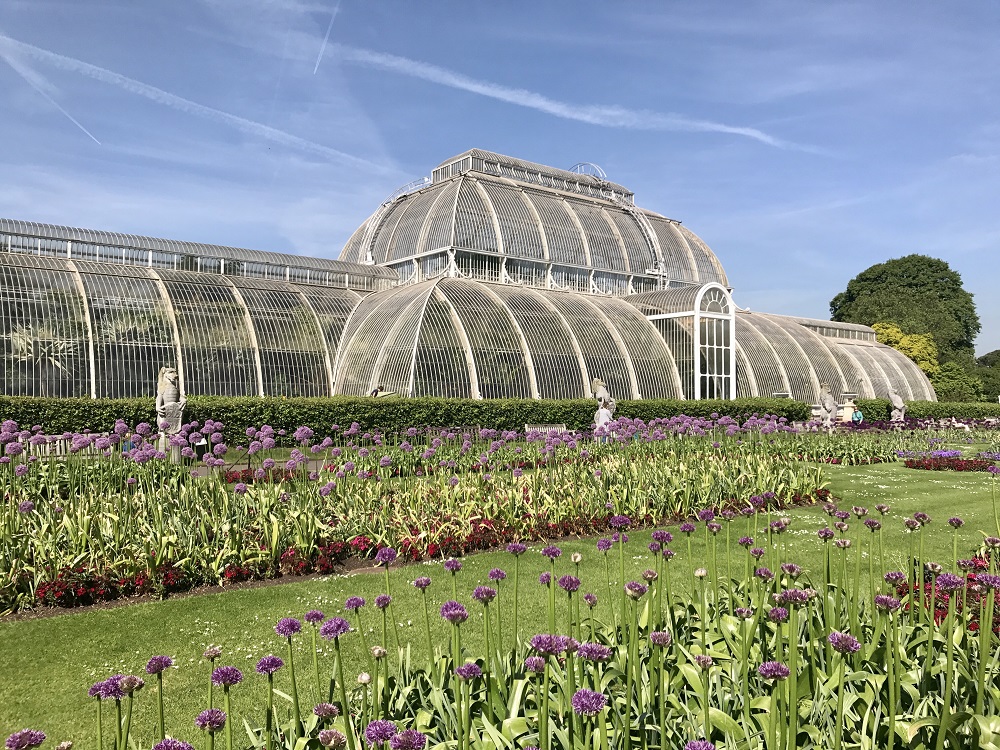
In addition all of the fascinating plant houses, there are also garden follies in classic British style. Most impressive is a towering Chinese pagoda, but there’s also a Japanese gateway, and a 17th century cottage built for Queen Charlotte. On site you’ll also find the smallest royal palace in Britain, Kew Palace. It dates from the 17th century and has a distinctly Dutch appearance.
